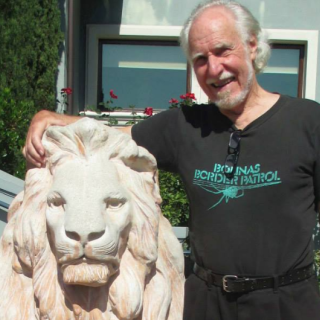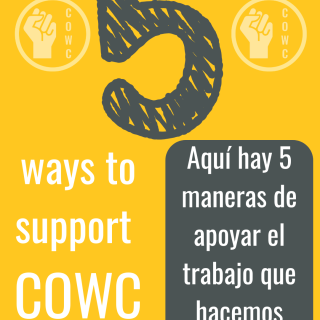Pre-2016, Ohio was the road to the White House. No Republican candidate had ever won the election without carrying the state, and no Democrat since Kennedy had won without the state. Since then, though, Ohio has slowly faded into obscurity in the election conversation. After Obama carried the state in 2008 with 51 percent of the vote, the Democratic share of the state has quickly slipped away, including an abysmal 43 percent in 2016.
So what’s changed? The first thing to look at is the number of counties won by each candidate, and the clear drop-off begins in 2016, with Trump’s election. Prior to that, the state had been competitive, but in 2016, Clinton won eight counties, down from the 17 that Obama had won previously. Trump appealed to white voters who felt disconnected from the Democrats' embrace of immigrants and other “special-interest groups,” as well as broadly appealing to both wealthy donors who benefited from his tax cuts and benefits for the rich as well as rural middle-class voters who were heavily socially conservative. These dynamics are apparent when you break down which counties Trump flipped from the Obama era.
First, on the question of race. To assess Trump’s impact on Ohio, we are going to look at the 22 counties won by Democrats since 2004, all of which were won by Obama in 2008. Of those 22 counties, 15 have a white population of more than 75 percent. Trump won just five of those counties between the 2016 and 2020 election cycles (15 counties x 2 election cycles). When it comes to economics, Trump won both the high-income folks who benefited from his policies and the lower-income voters who did not align with the Democrat’s social view. Looking at those 22 counties again, Trump won all of the counties with a median household income over $70,000 and 70 percent of the counties with a median household income under $60,000.
Trump is known for his ability to captivate a sector of the electorate that felt disconnected from politics and scared of change coming to the country. His ability to turn Ohio from the strongest swing state to a safe conservative state perfectly encompasses that.
At the same time that Trump was upending the state of politics in Ohio, JD Vance published his book, Hillbilly Elegy. Essentially, this book described the exact disconnect that Trump was exploiting amongst rural voters. How the rural working-class voters felt disenfranchised and that they had little representation in government which fueled a general distrust in institutions. Another thing that was a key part of his book, was the feeling of cultural disconnect. The America they knew and had grown up in was running away, especially in urban and coastal centers. It fuels a lot of their hatred of the LGBTQ+ community, diversity, and immigrants, which were a lot of Trump’s main talking points. The idea of pushing out transgender people and building a wall to keep migrants out were ways that this community came to terms with their general discomfort at the shifting America. For years, lower-income voters had been seen as liberal-leaning because of the Democrat's support of welfare programs, yet they truly just felt like they were taking the lesser of two evils.
Trump’s emergence onto the national scene in 2016 gave them an outlet to put their feelings of discomfort and disenchantment toward the ways politics were trending. This was an ignored and pushed-out group of people, who Vance tried to call attention to as a key electorate that was being ignored.
The shift of Ohio from the most important swing state to a strong red state is encompassed within Vance’s life experiences, hence making his appointment as Trump’s second running mate fitting. Vance began his life in a small town in Ohio and was, as he called it, a “hillbilly.” This is the first group of people who Trump won over; The disillusioned rural voter. It’s the group who Vance brought attention to, and who understands better than almost anyone. Then, he transformed into a wealthy more traditional Republican that Trump has polled so well with. These are the two groups of people who, like Vance, were transformed via the Trump candidacy into strong GOP supporters. He embodies Ohio’s shift through his own personal experiences and the way he’s voiced the disconnect that changed our country’s future.
----------------------------------------
Ethan Dumper is a youth journalist who covers national politics, women’s soccer, and current events. Major events he has covered include the 2020 DNC Debate in South Carolina, the 2023 RNC Debate in Simi Valley, CA, and roundtable discussions with Kamala Harris. He is a rising sophomore at Loyola High School of Los Angeles.




